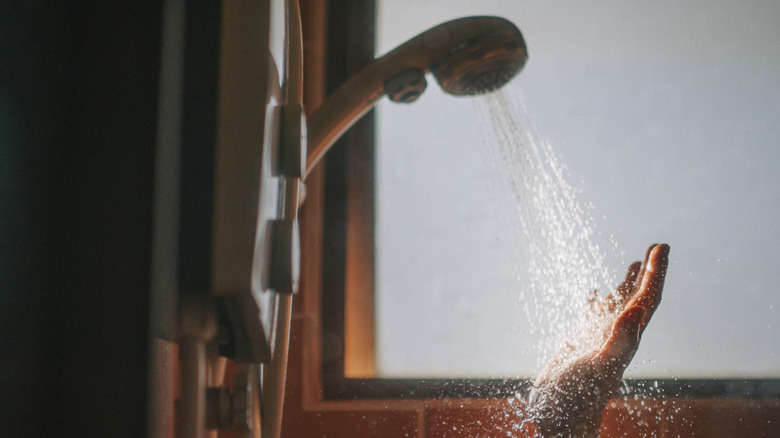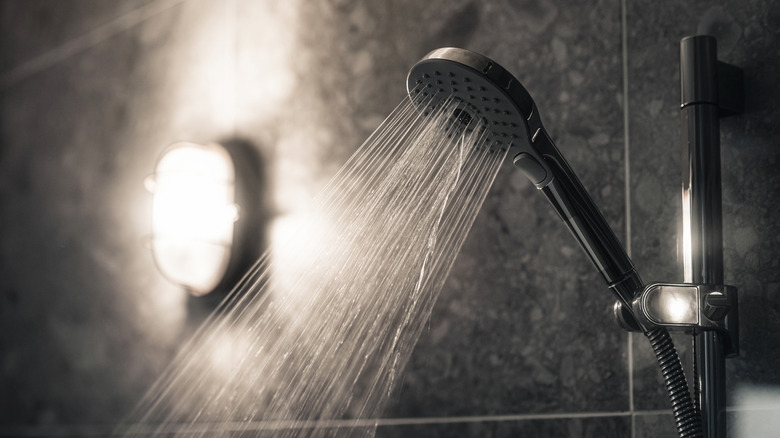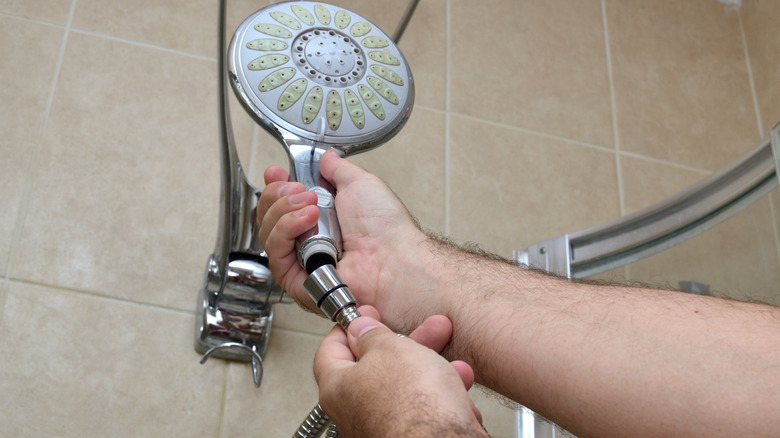Should You Remove The Flow Restrictor From Your Showerhead? (& The Best Way To Do It)
Whether you prefer a hot, relaxing shower or a cold and stimulating one, your regular shower is not just part of maintaining proper hygiene. A good shower can also provide psychological and health benefits, as taking showers is associated with reduced fatigue, stress, pain, and more. You might feel as though you are not getting optimal results from your showerhead's weak water flow, either because it is not strong enough to let you rinse efficiently or because it is simply not robust enough to give you that satisfying, calming effect. Then, in that case, you may be interested in removing the showerhead's flow restrictor. Before you grab your tools, though, it is important to have a solid understanding of what the flow restrictor is and whether it's a good decision to remove it from your showerhead. If you decide you would prefer to remove the flow restrictor, learn the best practices for doing so on your own.
The flow restrictor, a small device located in your showerhead, helps control the water flow through the showerhead. It is designed to regulate the consistency of the flow and prevent damage caused by excessive water flow. Flow restrictors are an important part of meeting plumbing code requirements, particularly the federal requirement of a flow rate under 2.5 gallons per minute. Requirements also vary by state, with some having thresholds below 2.5. While this is important to keep in mind when deciding if you should remove the flow restrictor from your showerhead, there are other factors to consider, too.
Is it a good idea to remove your showerhead's flow restrictor?
If you're a fan of the massage-like feeling and comfort of intense water flow in the shower, you may find yourself wondering why there are limitations on shower water flow at all. The main reason your showerhead has a flow restrictor is that it keeps the gallons-per-minute discharge of your shower limited, thereby reducing water usage and, in turn, minimizing the environmental impact of showering. Conserving water also has the added benefit of keeping your water bill lower than it might be if the flow were unrestricted. However, if you live in a home with low water pressure and have already tried out the best types of showerheads for homes with low water pressure, then removing the flow restrictor may be a good option for you. The flow restrictor does not directly impact water pressure, but it does reduce water flow, which may create a more satisfying shower experience.
The process for removing a flow restrictor will depend on the type of showerhead you have. Typically, though, you can get the job done with few or even zero tools. If your showerhead requires tools, you will likely need a screwdriver, needle-nose pliers, a wrench, and a rag to protect your showerhead from scratches caused by the wrench. Overall, if you have tested other simple ways to increase your shower's low water pressure with little success, removing and examining the flow restrictor may be worth the effort.
How to remove the flow restrictor from your showerhead
To get a better understanding of your water's rate of flow, you'll want to measure it in gallons per minute. You can do this by placing an empty gallon bucket in your shower to collect the water and using a stopwatch to record how long it takes for the bucket to fill. Then, simply divide 60 by the number of seconds it took to fill the bucket to get your gallons per minute number. Compare this to your state's requirements to make sure your shower complies with plumbing codes before removing the flow restrictor.
If your shower can benefit from more flow, start by turning off the water supply. Unscrew the showerhead and locate the flow restrictor, which is a round plastic disk with small holes that allow water to pass through. Remove it carefully to avoid damaging the bit or the plumbing. After it is removed, inspect it for clogs or other issues that may be restricting water flow. If cleaning the disc seems like a solution, you can do so carefully before replacing it. If not, take the time to properly clean your showerhead before reinstalling it. Once it is back in place, turn on the water supply for a test. You can also perform the gallons per minute measurement again to determine the difference between flows and to see if your showerhead is still compliant with federal or state requirements. After all of this is done, you can relax under the weight of a better water flow.


